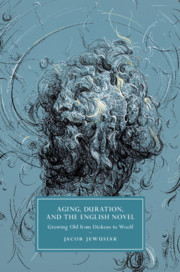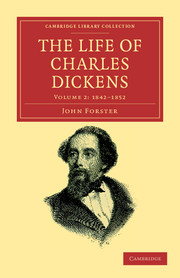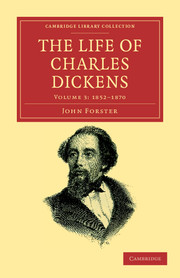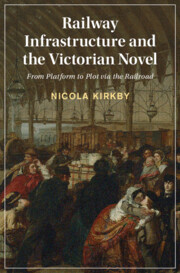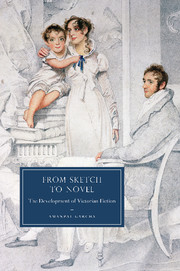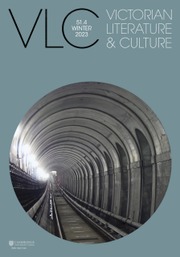Aging, Duration, and the English Novel
The rapid onset of dementia after an illness, the development of gray hair after a traumatic loss, the sudden appearance of a wrinkle in the brow of a spurned lover. The realist novel uses these conventions to accelerate the process of aging into a descriptive moment, writing the passage of years on the body all at once. Aging, Duration, and the English Novel argues that the formal disappearance of aging from the novel parallels the ideological pressure to identify as being young by repressing the process of growing old. The construction of aging as a shameful event that should be hidden - to improve one's chances on the job market or secure a successful marriage - corresponds to the rise of the long novel, which draws upon the temporality of the body to map progress and decline onto the plots of nineteenth-century British modernity.
- Argues that the conventions of the realist novel repress the process of aging, and provides a new account of realism that incorporates theories of time and affect to foreground previously understudied elements of narrative
- Chapters focus on aspects of nineteenth-century literature and culture, including aging masculinity, 'redundant' women, queer sexuality, and dystopia
- Links the plots of the Victorian novel to the politics of age, gender, and class by reflecting on the politics of inclusion and exclusion of marginalized characters
Reviews & endorsements
‘Jacob Jewusiak’s Aging, Duration, and the English Novel is a welcome contribution to the burgeoning critical interest in age that the humanities is currently experiencing … Aging, Duration, and the English Novel successfully demonstrates that scholarly engagement with the category of age can generate interesting new interpretations of well-known works … [it] makes a valuable contribution not just to literary age studies, but also to ongoing debates within the humanities about the value of recognising age as a master identity on par with gender, race, and class.’ Caitlin Doley, BAVS Newsletter
‘… Jewusiak’s book is essential reading for scholars of narrative time, as it establishes provocative discursive ties with some of the best writing on time and the novel in the past twenty years.’ Leslie S. Simon, Dickens Quarterly
‘… offers compelling new approaches to the study of age and aging in nineteenth-century literature.’ David McAllister, Victorian Studies
Product details
January 2020Hardback
9781108499170
358 pages
234 × 159 × 16 mm
0.44kg
Available
Table of Contents
- 1. Aging theory
- 2. No plots for old men
- 3. Life after the marriage plot
- 4. A wrinkle in time
- 5. The technology age
- 6. Gray modernism.

